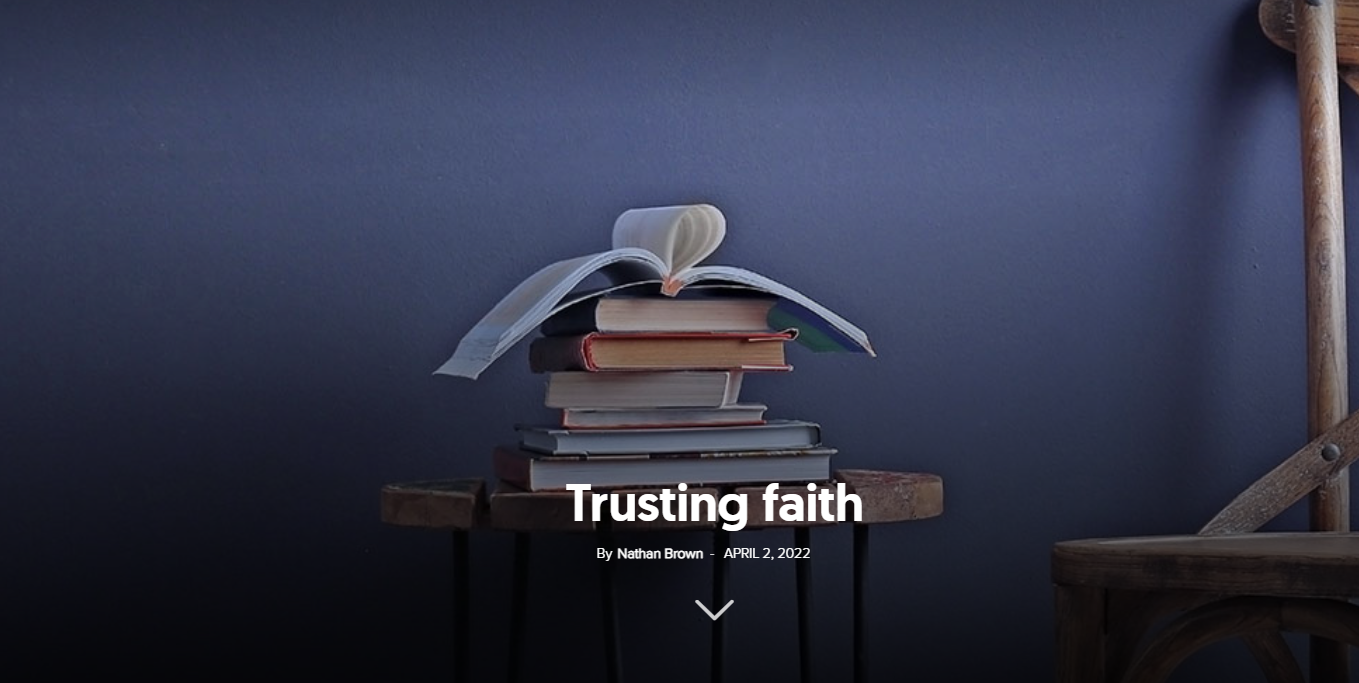It’s been a few weeks since we moved house. After just two years in which we had managed to adapt, once again everything has changed: the environment that is closer to nature, the temperature, the housing, the placement of things in the house, the daily schedule, the children’s school, the type of people we come into contact with, the type of activities, the menu, and the budget. Even clothes have had to be replaced.
We are once again in a process of adaptation, and my experience so far is that when we reach a point of equilibrium, when things start to settle into a kind of normal rhythm and some predictability appears on the horizon, we start again. What remains unchanged in each move is that we are together, but even we do not remain the same. What we are left with after each move is the growth that takes place within us.
From my conversations with various people in coaching sessions and from my recent experiences, I understand very clearly that the need for comfort is one of the enemies of personal progress. Recently, I have learnt that in order to be successful, whatever that may be, I need to find comfort even in situations that make me uncomfortable. An easy path of action often translates in my mind as a comfortable path with no difficulties and minimal effort.
Most of the time, I get nowhere with such an approach. Yet a course of action that involves minimal effort and a dose of discomfort can produce lasting results. In this approach, it is not the level of effort itself that is the deciding factor, but my willingness to go beyond my comfort zone.
Usually, situations that involve some discomfort do not present real problems, only challenges. Moving to a new context does not threaten my safety or quality of life but rather enhances it. What gives me the strength to move forward and succeed is the objective comparison between the effort of doing something outside my comfort zone and the expected results.
How much effort does it take to drink water in the morning compared to the benefits of this habit? How much effort would it take if I prayed for a few extra minutes every day, and how much better would I feel afterwards? How hard would it be for me to rearrange a few things in a new house or wear warmer clothes if I chose to compare these shortcomings with all the time I spend waiting and praying for a place close to nature for my children to grow up in? How much effort is involved in adapting to the new context compared to the joy of all that the new context offers me?
What often prevents me from taking the step forward is the inner seething of my emotions, born of thoughts or perceptions. The accumulation of these shapes my inner world and manifests itself in the choices I make. So I am obliged to bring them into the light of truth, which will usually convince me that things are not quite as they seem in my emotional storms.
Sometimes, I feel like I’m emotionally free falling, but the experience of skydiving, and especially the lesson of not being in control of every situation, must entail free falling. The effort itself is small, just a step out of the plane into nowhere. What helps me to take that step is that even though it seems to put me in danger, safety comes from the instructor and his experience. That’s what walking in step with God is like for me. From this perspective, whatever the challenge, “I can do all this through Him who gives me strength” (Philippians 4:13).
One of the uncomfortable situations I have been deliberately putting myself in lately is to extend the quiet time during coaching sessions in order to give the person in front of me enough space for reflection. When I am able to do this, the thought process of the person in front of me continues and deepens, and I am able to notice meaningful cues for discussion. At first, I felt like closing my laptop rather than shutting up. But how could I learn to listen better, to gain access to the other person’s inner world, and then be more helpful to the conversation and therefore to the person, if not by going through this inner struggle of feeling uncomfortable while the person in front of me looks at me and I remain silent? How great is the effort for me to remain silent, in terms of the concrete gesture of not opening my mouth? Not much.
How great is the discomfort? So great that sometimes I begin to speak earlier than I should, because the inner pressure, the thoughts, and the perceptions, simply push me: Oh, they’re staring at me (and they’re not). Hmm, if I don’t say something, they might think I don’t know what I’m doing (even though they’re thinking of themselves, not me). They don’t know what to say, so I have to say something (my job is not to save the moment, but to give it meaning). How great is the effect of silence when talking to people? Immeasurable.
Besides, this discomfort, which doesn’t require much effort in itself, doesn’t last long. If I were to compare the duration of the moments of silence with the total duration of the conversation, it’s a few minutes out of an hour. But what if I compare it to the whole day or the week that will pass before I see that person again? If I consider that our adaptation to the new context may take a few weeks, how much time is that compared to the few years we will spend here? Only a very little.
My natural tendency, when something causes me pain, is to avoid the situation or process altogether.
If I’m bitten by a dog, I avoid all dogs. If my partner upsets me, I want to leave. If it’s hard at work, I think about quitting. If people interrupt me when I speak, I choose silence in public. However, this kind of reaction prevents me from seeing the other side.
Sometimes, the pain of the moment is beneficial because it takes away a greater pain. Other times, some emotional or even physical pain is a sign of growth, not a signal for flight and surrender. Often, sore muscles during training are just a sign that I lack fitness and need to keep going. The emotional pain that I experience when I expose myself to different situations is another brick in the wall of my resilience.
Most of the time, the discomfort caused by certain situations is incomparably less than the pain of not making the right long-term decision. How would I live out my few years here if I refused or delayed adaptation? How would I become a better professional if I didn’t practise silent listening in every coaching session?
Recently, I’ve learnt to stop arguing with reality and with God, and to heed the biblical advice to “give thanks in all circumstances; for this is God’s will for you in Christ Jesus” (1 Thessalonians 5:18). I’ve learnt that it’s more rewarding and desirable for me to be grateful for all situations, even and especially those that involve going out of the ordinary.
I’ve learnt that when I look at my life from this perspective, I understand that “in all things God works for the good of those who love him” (Romans 8:28)—definitely all things.
I’ve learnt that it’s not the context that matters, but my experience in that context. I’ve learnt that I can choose what kind of experience I will have, based on my willingness to deal with discomfort. I have learnt that in such uncomfortable situations, I develop new skills, discover new abilities, break patterns, and develop new perspectives.
I have learnt that it helps to question myself: What can I do differently? How can I think differently so that it helps me in new situations? What new perspective can I have? How much control can I give up? What is my level of patience? What’s stopping me from taking the step I’ve been putting off? Who am I and who do I want to be?
I know that every step I take against or in spite of the usual way of doing things is a step towards my growth. I know that every step counts if I want to reach the top of the mountain, even if most of the time I feel like giving up and looking at the mountain from the bottom.
I know that the view from the top will always take my breath away and fill me with joy. I know it’s always worth the effort. I know that the mixture of muscle ache, sweat, thirst, and fatigue, together with the wide perspective, the gentle breeze, the colours of the sky at sunset, and the message of the peaks, makes me long for the next opportunity. And I think discomfort has become comfortable for me.
Simona Condrachi seeks to challenge her thinking by focusing on the need to look at uncomfortable situations in her life from a different perspective. In the process, she learns valuable lessons about success and adaptation.



















